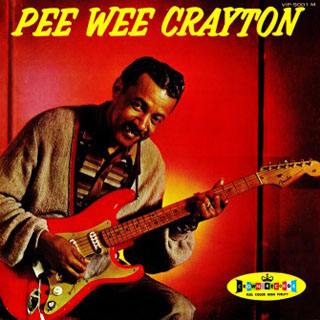The Cover Art
Cal Schenkel, alt.fan.frank-zappa, October 2, 1997
summer 68 -LA. Acrylic, pencil, collage, spray-paint. Animopomorphized snouts courtesy Carl Barks. In spring of 68 Frank moved the operation back to LA, and I took up residence in the tree-house at the Log Cabin wherein I assembled this comic combo. (reference the Uncle Meat story) Then I found some interesting trash on the hill up above the Log Cabin where they were building roads. which started a diversion to overlaying car parts diagrams on people's heads.
95RR-inlay: Jellyroll/Bop from promotional material .
Calvin Schenkel, interviewed by Dan Nadel, Eye #53, 2001
The Ruben and the Jets characters were really just me showing Frank a comic strip with the dog-nosed guys who I stole from Carl Barks, and Frank wanting to use them as the fake doo-wop band on that record.
FZ on The Johnny Otis Show, November 2, 1970
You know the cover of the Ruben & The Jets album? There's a figure on the front holding a guitar. And it's a red Stratocaster that's all scratched up. It was copied as exactly as possible—including the hand position—off the cover of the Pee Wee Crayton album that was out on Kent. All the cracks in the pick-ups and everything are illustrated in that . . .
FZ on The Howard Smith Show, October 10, 1971
Have you ever seen a cheapo, cheapo album that sells for about 98¢ called Blues After Hours by Pee Wee Crayton? Well, Pee Wee Crayton is the possessor of I believe the very first Stratocaster ever manufactured. It was given to Pee Wee Crayton by Leo Fender. And on the cover of this Blues After Hours album, you see this Stratocaster #1 after a zillion years worth of wear, and the frets are all messed up, and in between the frets the wood is vanishing, and the faceplate is scratched, and some of the knobs are broken off, and it's really a great looking guitar. And Calvin duplicated Pee Wee Crayton's hand chordal position on the guitar and most of the details of the guitar itself for the picture on the front of the Ruben album. Definitely a detail man.
[Pee Wee Crayton, Pee Wee Crayton, Crown Records CLP 5175, 1960]
Mutts Sunday Panel, June 14, 1998 by Patrick McDonnell
Additional informant: Charles Ulrich.

